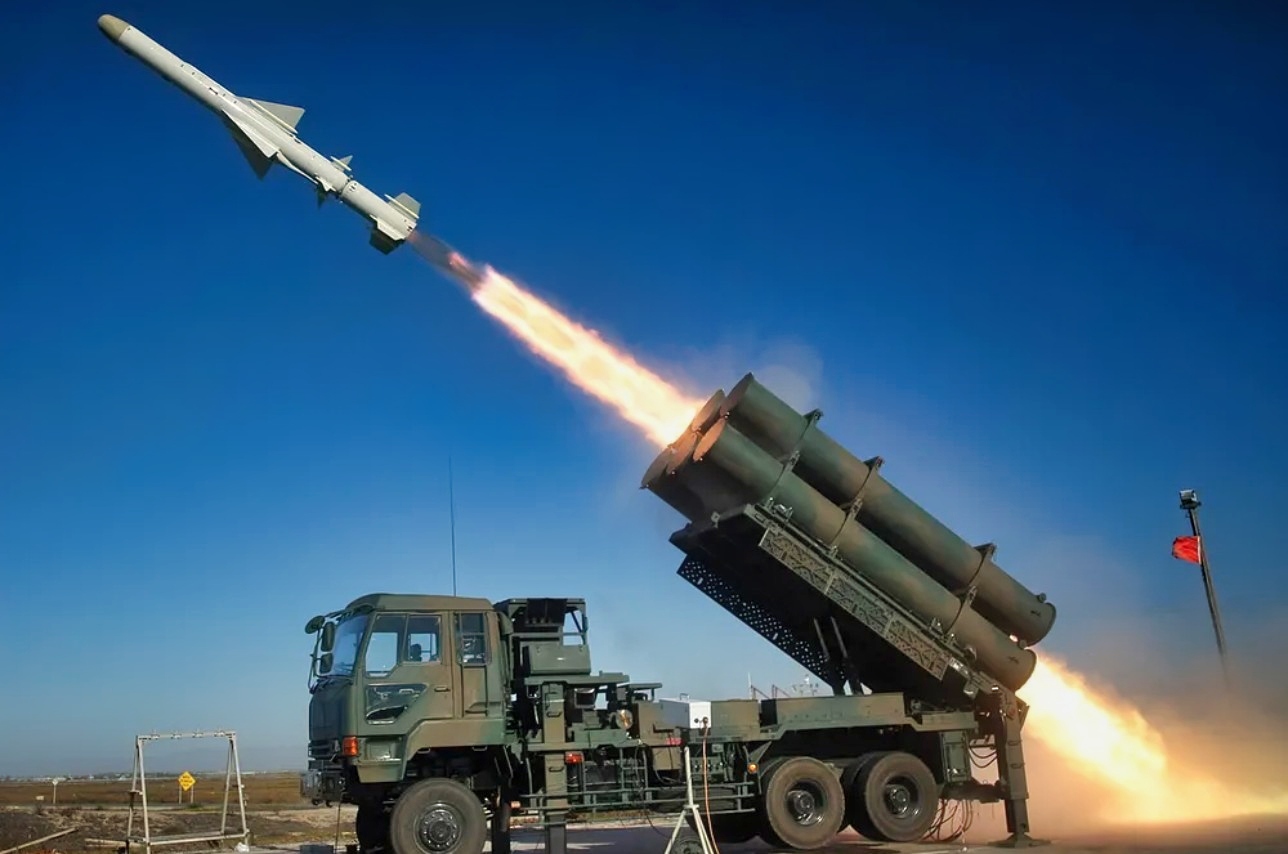Key Points: Japan is rapidly transforming into an anti-ship missile bastion to secure its critical maritime trade routes against potential threats from China, Russia, and North Korea.
-Facing geopolitical tensions, Japan has established seven missile regiments, notably deploying the Type 88 and the advanced Type 12 missile systems.
-The Type 88, similar to America’s Harpoon, provides robust coastal defense. The newer Type 12, featuring stealth technology and a range up to 750 miles, significantly enhances Japan’s strike capabilities.
-These developments underline Japan’s strategic shift toward proactive self-defense, reinforcing its deterrence against adversaries and underscoring Tokyo’s serious commitment to safeguarding maritime security.
Japan Is Becoming An Anti-Ship Missile Bastion:
Island nations tend to be sensitive about protecting their coastal waters. Dependent upon trade for its prosperity and the ocean to protect its vulnerable coastline from invasion, Britain was ruthless for centuries about ensuring that no hostile power could control the English Channel and North Sea.
Japan today faces the same situation. Nearly a quarter of Japan’s GDP comes from exports, its economy relies on imported oil from distant nations such as Saudi Arabia, while imported food sustains a densely packed population of 125 million people. Lose control of local waters, and Japan faces economic collapse and starvation.
Thus there is good reason for Japan to beef up its coastal defenses. To the southwest is China, whose miliary power is surging even as Beijing claims the Senkaku Island as well as other Japanese-controlled islands in the East China Sea. To the northwest is an increasingly aggressive Russia that already occupies Sakhalin Island, seized from Japan in World War II. Add in North Korea to the west, which has test-fired ballistic missiles into the Sea of Japan, and the Japanese face the prospect of blockade by hostile submarines, surface ships and missiles.
Japan has responded by creating seven Surface-to-Ship Missile Regiments that will turn Japan into a coastal defense hedgehog bristling with anti-ship missiles. Most recently, Tokyo has announced that Japan’s first land-to-ship missile drills will be conducted in June, probably from a site on Hokkaido, according to Japanese media.
“While live-fire training with anti-ship missiles has previously been conducted overseas, this will mark the first time such an exercise is held on Japanese soil,” said a Japanese news site.
Interestingly, the Japanese army exercise will involve the Type 88 anti-ship missile, rather than the newer Type 12. The Type 88 (also known as SSM-1) is a mobile, truck-mounted weapon first fielded in 1988. The missile has a subsonic speed and a range of about 100 miles. The Type 88 uses inertial guidance to reach the target zone, then switches to onboard radar to home in on the enemy vessel.
A Type 88 system comprises a six-missile launcher mounted on a large truck, along with mobile radars and supply vehicles. “During actual operations, it would be a common practice to position only the search radar on the coastline, whereas the launchers and other equipment remain inland to enhance their survivability,” noted the Random Japan Academy news site.
The Type 88 is roughly comparable to the U.S. Harpoon missile, or Norway’s Naval Strike Missile that has been adopted by U.S. Marine Corps Littoral Regiments as a land-based anti-ship weapon. The Type 12 s a
The Type 12 is a more formidable weapon, with a stealthy shape to minimize radar detection, GPS guidance, and a range of 750 miles with the latest version. It is also designed to be launched from surface ship and aircraft.
Neither the Type 88 nor Type 12 seems particularly impressive compared to the new generation of anti-ship missiles. Russia’s hypersonic Zircon has an estimated speed of around Mach 10, while China’s supersonic YJ-12 zooms in at Mach 4 and a range of almost 300 miles.
But based on the Japanese home islands, the Type 88 and Type 12 would be deadly for surface ships marauding in coastal waters. Based on disputed territories such as the Senkakus, they would threaten any Chinese amphibious assault fleet.
The long-range version of the Type 12 is in a different dimension. For many years after World War II, Japanese governments were reluctant – and in some cases, were constitutionally barred – from deploying “offensive” weapons such as long-range missiles. But worried by growing Chinese naval and air strength, as well as North Korean ballistic missiles, Tokyo has embraced a “counterstrike” strategy of long-range weapons that could hit targets on the Chinese mainland as well as North Korea.
Judging by the reaction in Chinese media, Beijing isn’t happy. But with Chinese power increasing, and America potentially retreating from its longtime role as Japan’s protector, it is only realistic to expect the Japanese to defend their maritime borders.
About the Author: Michael Peck
Michael Peck is a defense writer whose work has appeared in Business Insider, Forbes, Defense News, Foreign Policy magazine, and other publications. He holds an MA in political science from Rutgers Univ. Follow him on Twitter and LinkedIn

